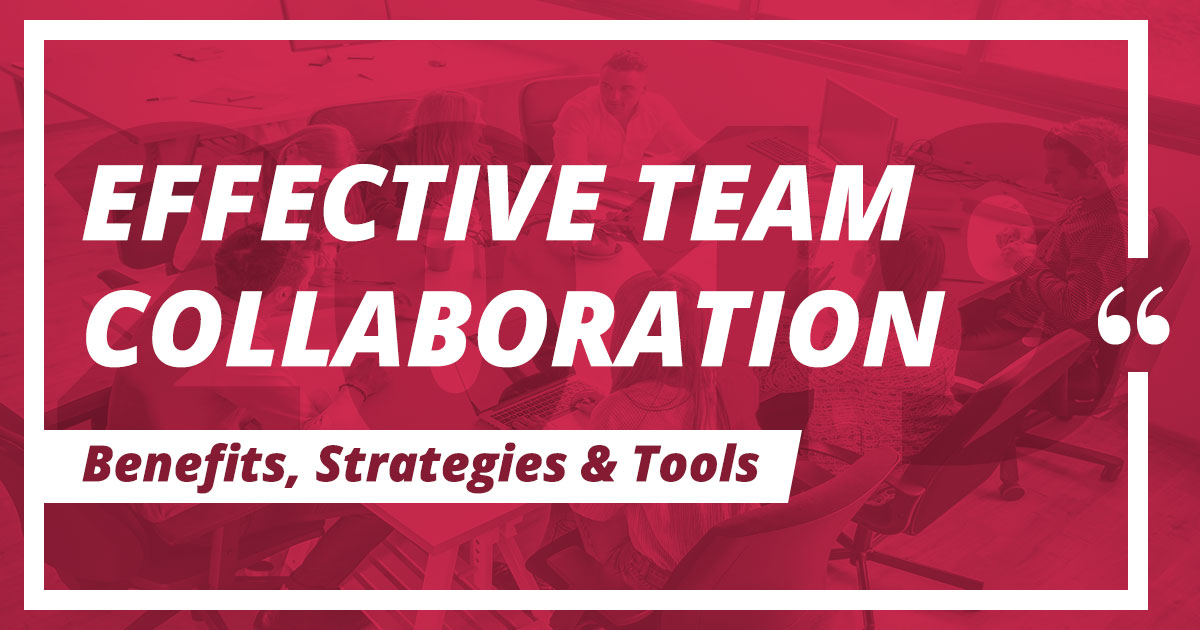There’s a commercial running in some markets at present that touts the power of radio advertising. It goes something like this:
“With unemployment levels at an all-time low, most people who want to work are working. So you need to reach them where they are: on their way to work, or at their current job.”
Companies are Coming for your Employees
The ad’s point is that hiring managers aren’t going to find their next great employee by targeting ads to active job seekers alone. They need to place their messaging where people who are employed–and not definitively planning an imminent job shift–will hear or see them as well. Radio, they submit, is that place.
While the ad’s fairly effective in making a case for radio advertising as a recruitment technique, it’s also a big, loud reminder for all managers of an uncomfortable fact about the current workplace: other companies are actively looking to poach your best employees. They’re not waiting until that employee comes to them. They’re reaching into your business, tapping your employee on the shoulder and asking “Is this job doing it for you? Are you looking to work somewhere better?”
And here’s the scary part: more than half of your employees may say yes.
Why Does Collaboration Matter?
According to Gallup, 51 percent of U.S. employees are either actively looking for a new job or watching for new openings. And only 33 percent say they’re engaged in their job. That’s a huge chunk of your staff that’s vulnerable to offers from competing organizations. Gallup estimates that these disengaged employees cost companies up to $605 billion annually in lost productivity.
It’s also a problem when it comes to attracting and retaining Millennials, who place a premium on feeling engaged professionally. They aren’t interested in just climbing a corporate ladder. A study by Cornerstone OnDemand found that purpose and fulfillment are bigger motivators for job moves than financial incentives. The good news is that improving collaboration appears to boost engagement.
“When employees start to feel like a cog in the wheel rather than vital members of a team, motivation can plateau,” says Nick Sanchez, chief people officer at HR tech company Namely. “Employees are more likely to be engaged in their work when they feel a sense of loyalty to their team.” Managers can build loyalty, in part, by creating systems to make teamwork efficient, empowering and successful.
 Teamwork is Tied to Success
Teamwork is Tied to Success
According Nielsen, it’s not just that employees want to collaborate, they believe that it makes them more successful, as well. Nielsen’s Consumer Packaged Goods Innovation report found that two out of three consumer product professionals rank collaboration among the top three factors critical for innovation success. The respondents ranked collaboration’s importance above strong leadership and access to financial resources. Almost two thirds of them, however, said that their current company is not collaborating effectively.
The ability to work effectively in a team is a more important skill today than it was even a few years prior, according to a Corporate Executive Board survey on the nature of collaboration in modern workplaces. It found that jobs today require more teamwork than they did three years earlier. Roles call for more check-ins with colleagues from different business units and in different reporting chains than those of prior decades.
 Tools Make Collaboration More Successful
Tools Make Collaboration More Successful
With remote employees, offices in multiple time zones as well as colleagues working ever more cross functionally, many companies are finding that the key to effective collaboration is giving teams the right tools. Tech company Tactus gave their employees a work management tool, for instance, and found it reduced their Scrum periods by 80 percent. What used to take their teams a week was now taking them about a day!
McKinsey & Company found something similar–though the results were not as dramatic. Adding collaboration and networking tools to the work of global software development teams improved productivity by 20-30 percent.
The Harvard Business Review took a look at team behavior at 15 multinational companies and summarized that, when it comes to collaboration, members of large and diverse teams were less likely to be generous in sharing knowledge, to learn from their teammates, to move work around creatively in order to combat bottlenecks, to help one another get things done, and to share resources. The magic number for functional teams in HBR’s research was 20. Beyond 20 members, teams exhibited the behaviors described above. But, with care, consideration and planning, those 20+ teams could be exposed to conditions that ameliorated that issue.
Tech Tools Can Also Help End Emails and Meetings
It’s not just large teams who require specific tools in order to maintain a culture of collaboration. HBR found that as a team became more virtual, cooperation took a dive–unless structures to encourage it had been put in place.
One reason that tech tools are such a boost to teamwork is that they can drastically improve communication among team members, in part by killing email. Compared with other methods of communication, employees are less likely to read emails, and more likely to miss, ignore or delete them. They may also be able to cut down on meetings. Why should fewer meetings be a goal?
 “Meetings are time killers and are often used in large companies by managers to make themselves look busy. In big companies, communicating that work is being done is often more important than actually doing any real work,” serial entrepreneur Bernie Klinder writes in Forbes. Most meetings, Klinder asserts, could be replaced with an email.
“Meetings are time killers and are often used in large companies by managers to make themselves look busy. In big companies, communicating that work is being done is often more important than actually doing any real work,” serial entrepreneur Bernie Klinder writes in Forbes. Most meetings, Klinder asserts, could be replaced with an email.
“I’ve worked in several Fortune 500 companies and at least half of the work hours were consumed by an endless parade of meetings rather than actually getting work done.”
Not All Tech Tools are Created Equal
For those companies that have tried Slack and Trello or some of the other collaboration tools on the market, they may have found that their employees’ teamwork still required improvement. While some offerings improve one or two parts of what makes collaborating with colleagues challenging, they’re hard pressed to impact them all. The tools from Heycollab are built to help solve this problem. The simple and user-friendly platform centers around Team Workspaces, group chats where instant messaging and project work can happen and action items can be doled out and monitored. Users create public and private workspaces with their own task boards and media hub. Heycollab’s task boards enable tracking both your own assigned tasks and what each member of your team is tackling at the moment.
Each workspace also has its own media library, which allows quick access to all the assets needed for the work being done in that space. Private workspaces can hold images and videos that are not intended for use by the full team. Workspaces are also equipped with a collaboration tool meant to simplify the feedback process by allowing users to make comments directly to designs and share them with the team.
Breaking Down Tasks Eases Collaboration
Within each Workspace, users can create Boards that contain multiple cards and tasks. These allow project managers to break down each workspace into customized and nimble subsets. Not every part of a project needs to involve the whole team. To get things done faster, Heycollab’s platform includes cards used to describe and assign portions of a project out to subsets of the team. The editorial team might have one set of cards, while the design team has another set.
Members can create subtasks to break down the activities even more, as well as blow out the details of what’s involved. Due dates can be set for each part of the process. Notes can also be added within each task, where users can flag an issue for another member’s review. Questions for team members inside Heycollab get the power of notifications when @mentions are added.
Visual Collaboration Engages Teams
Another big differentiator for the system is its visual nature. Images can be added at each step of the process, which means that Heycollab not only contains the best functionality of slack and trello, but also allows creative teams to manage projects in their own visual language. All files added to Heycollab are also hosted on the platform, reducing your need for other systems and allowing more efficient and deeper communication.

